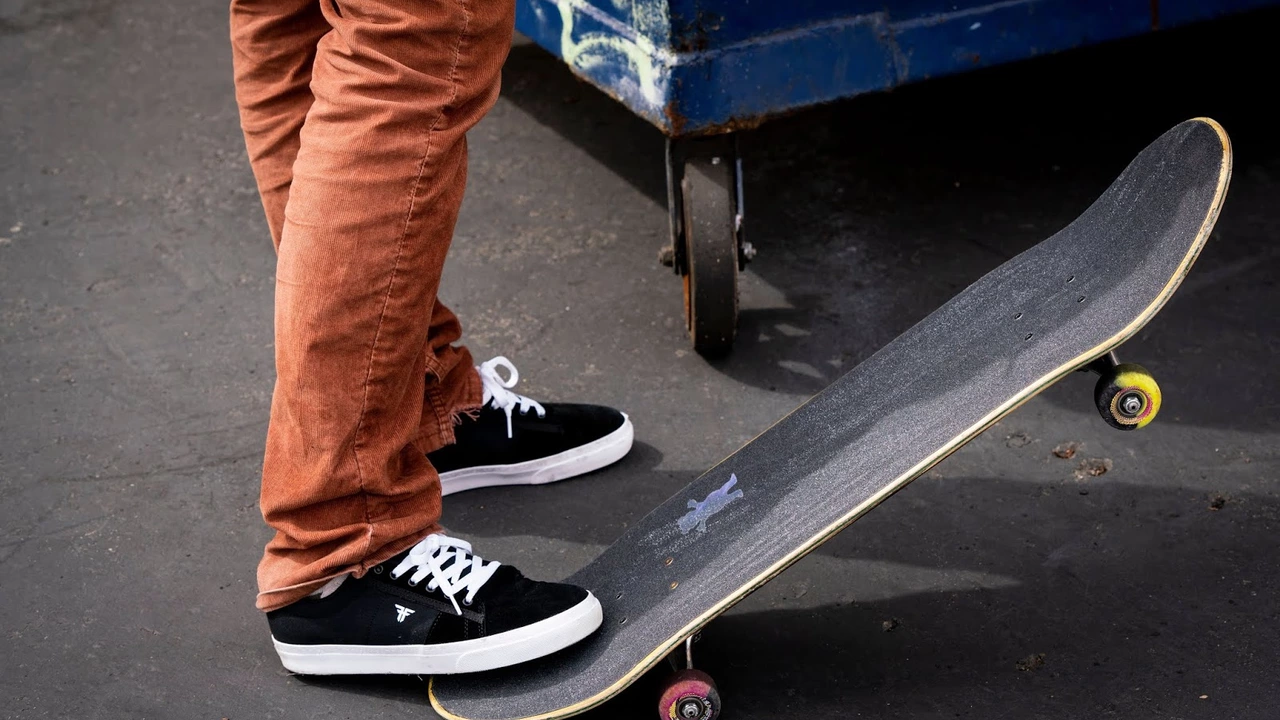Footwear Features Every Skater Should Know
When you’re hitting the park, the shoes on your feet matter as much as the board. A good skate shoe should feel light enough to let you pop tricks, tough enough to survive belly‑flops, and supportive enough to keep you comfortable all session long. Below we break down the main features to watch for and why they matter.
Weight: Light Is Fast
Weight is the first thing most skaters notice. A lighter shoe reduces the effort needed to lift the board, which translates into higher ollies and smoother flip tricks. Vans classic shoes, for instance, sit around 350‑400 grams per pair – moderate for a casual board but a bit hefty for high‑frequency tricking. If you need something lighter, look for models labeled “ultra‑light” or “street‑performance.” These often use thinner midsoles and minimalist uppers while still offering enough protection.
Grip & Board Feel
Grip comes from two sources: the sole pattern and the shoe’s overall construction. A herringbone or waffle tread provides solid traction on the grip tape, while a low‑profile sole lets the board’s surface stay close to the foot for better feel. Nike SB and adidas Skate often combine a rubber‑compound outsole with a slightly raised arch, giving you both grip and board feel. Avoid overly cushioned soles if you love that “connected” sensation – they can dampen the feedback you need for precise trick execution.
Durability matters because skate shoes take a beating. Look for reinforced toe caps, double‑stitched seams, and suede or high‑denier canvas uppers. These elements resist scuffs and tearing when you land on rails or grind curbs. Many brands add extra padding around the collar to protect against ankle twists without adding bulk.
Comfort is the third pillar. A padded tongue and collar keep your foot snug, while a breathable lining reduces sweat. Skate shoes often use a mix of foam and EVA for cushioning. If you spend hours at the park, a shoe with a slightly softer midsole can prevent foot fatigue, but keep the cushioning low enough that you don’t lose board feel.
Finally, consider style. While performance is king, you’ll probably wear these shoes off the board as well. Classic silhouettes like Vans Old Skool or Converse Chuck Taylor stay in fashion, and most skate brands release seasonal colorways that let you express yourself.
To sum it up, the best skate shoe balances three things: lightweight construction for quick moves, a grippy yet low‑profile sole for board feel, and rugged materials that stand up to daily abuse. Test a pair on the spot if you can – walk, hop, and try a basic trick before you buy. That quick feel check will tell you if the shoe fits your skating style and comfort needs.
Whether you’re a beginner hunting a first deck or a seasoned rider upgrading your arsenal, focus on these footwear features and you’ll land more tricks, stay comfortable, and keep your shoes looking fresh for longer.
What should I look for in skateboard shoes?
- Caden Lockhart
- |
- |
- 0
In choosing the right skateboard shoes, you need to consider several factors. First and foremost, look for shoes with excellent grip and traction to help you stay on your board. Durability is also key, as skateboarding can quickly wear out shoes, so invest in a pair made with sturdy materials. Ensure they offer good foot support and have sufficient padding to protect your feet during tricks. Lastly, your skateboard shoes should fit well and be comfortable to wear for long periods.
View more